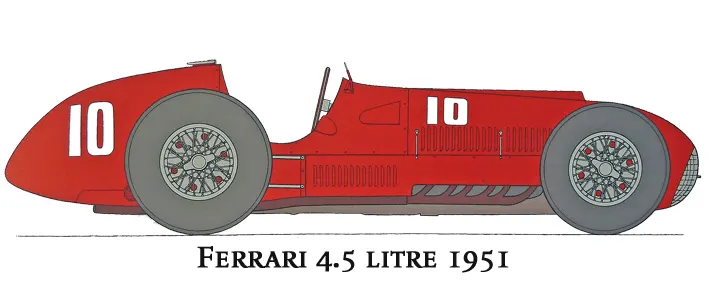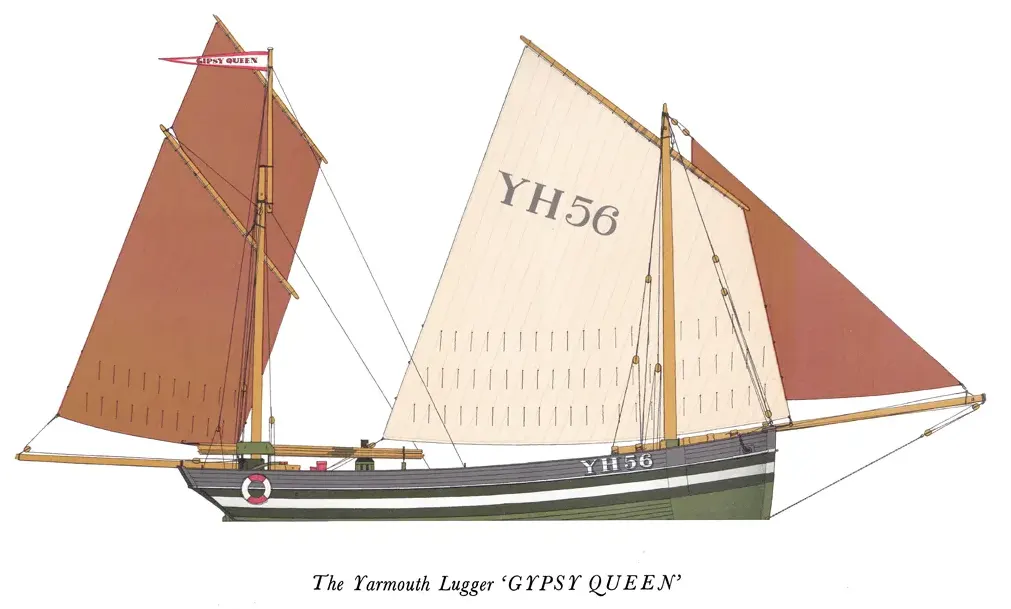About Us
Hugh Street (1926-2007) was a publisher. He traded as Hugh Evelyn (Evelyn was his middle name). Some months after his death we found these prints in storage. They had been there for upwards of 50 years.
Hugh left the Royal Navy to pursue a career in publishing. One day, on the desk of a friend, he noticed a drawing of a railway engine. It was simple but expressive, detailed yet decorative. The drawing, by an engineer, was an experiment in lithography which ignited Hugh’s decision to publish images created with precision and accuracy. He thought 18th Century print makers would have used plates like these to exploit the detail and decoration the 20th century camera often underplayed had they lived in these times. So he adopted these ideas with artists and skilled draughtsmen to make sensitive use of line-enclosing areas with exact colour. This is where chromolithography excelled.
Thanks to the advent of the World Wide Web, which began to gain widespread use in 1993, by 2018 we recognised there was an opportunity to sell these prints over the internet. Some of these prints have been purchased and used by interior designers for commercial and domestic assignents here in the UK and overseas. Many of these prints have been used to create wall galleries – two can be seen here (from the fine art supplier, Etalage UK). There is an interesting article from 2017 about wall galleries which you can see in the New York Times.

Early on Hugh recognised an opportunity for colourful artwork to show the history of military uniforms and costume. He published over 40 books all of which are long out of print. But he decided the prints justified their own outlet. Until the end of the 1960’s Hugh had a shop in London where he sold his books alongside these and other prints.
Some of his artists were, or were to become famous: John Mollo, who drew our mediaeval knights, and Light Brigade images, won two Oscars as a costume designer for Star Wars IV and Gandhi; Roy Cross, an accomplished marine and aviation painter, became known as the man who made Airfix the best known model brand in the 1960’s and 70’s; artist George Oliver, who drew and described our early cars, was a much sought-after automobile artist who produced images for the official Histoire de Citroën in France; Faith Jaques, illustrator of our History of Costume, created the original drawings for Roald Dahl’s Charlie and the Chocolate Factory and later, Nina Bawden’s children’s classic Carrie’s War; Lawrence Dunn, who drew our Atlantic liners, worked for the Admiralty in ship recognition during WWII and later wrote a number of marine books; he was also an llustrator for The Eagle, a boys weekly, Everybody’s and Sphere; Colonel Philip Smitherman, who created our army uniforms, was a singnalman, who spent the war and much of his career in the Middle East and later in the Indian subcontinent. After retiring from the army in 1959 he authored 7 books on the history of army uniforms published by Hugh Evelyn.


What we have to offer here are most of the plated prints from the original print runs from over 50 years ago. We decided to create a website around these prints but in doing so wanted both to tell the story about the prints but also to tell the history behind the subject matter of the prints themselves.
You can contact us at: email: hevprints@gmail.com; Telephone: +44 (0) 7711 693 634 or Write to: Hugh Evelyn Prints, 77 North End, Motcombe, Shaftesbury, SP7 9HX, UK


